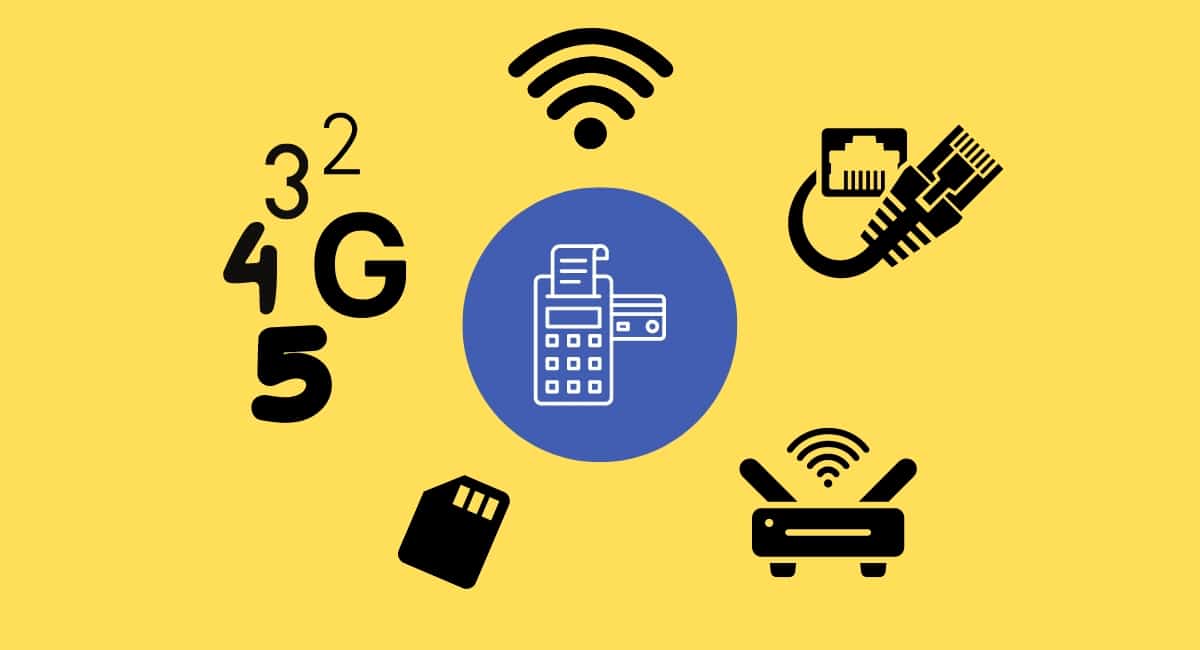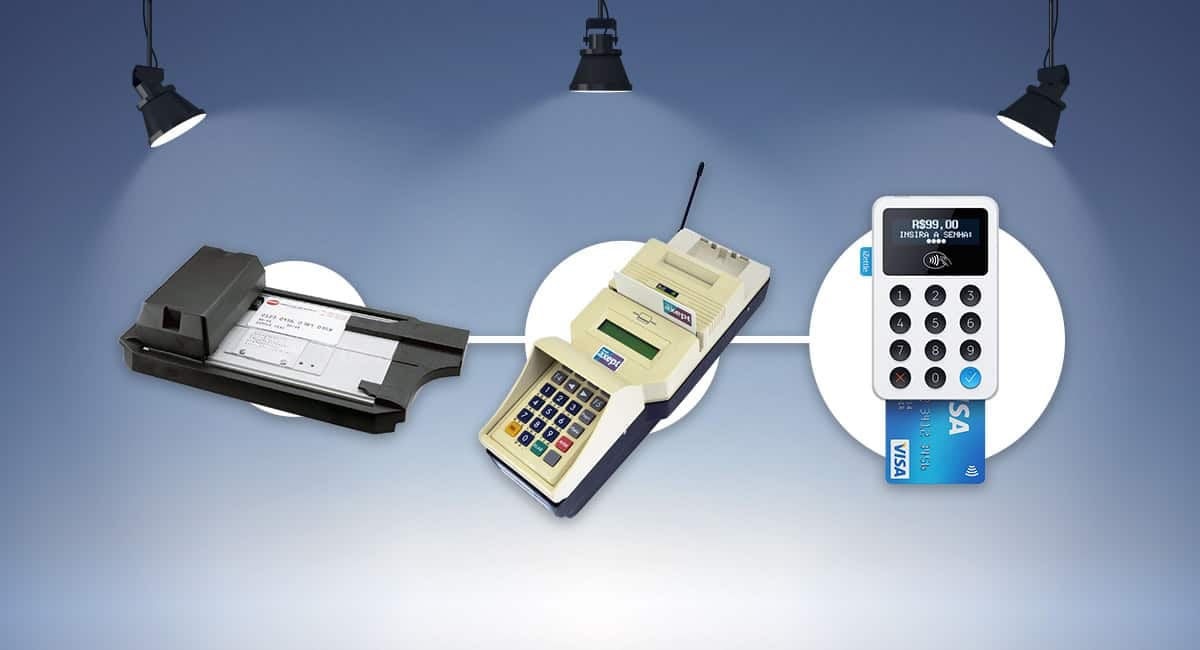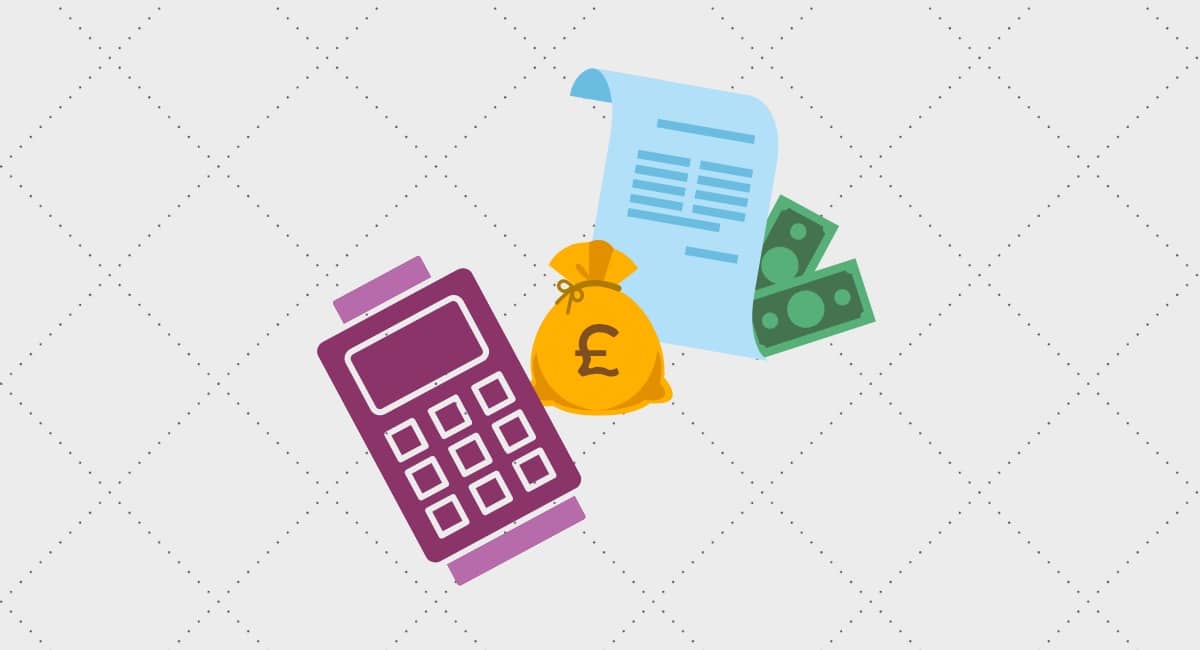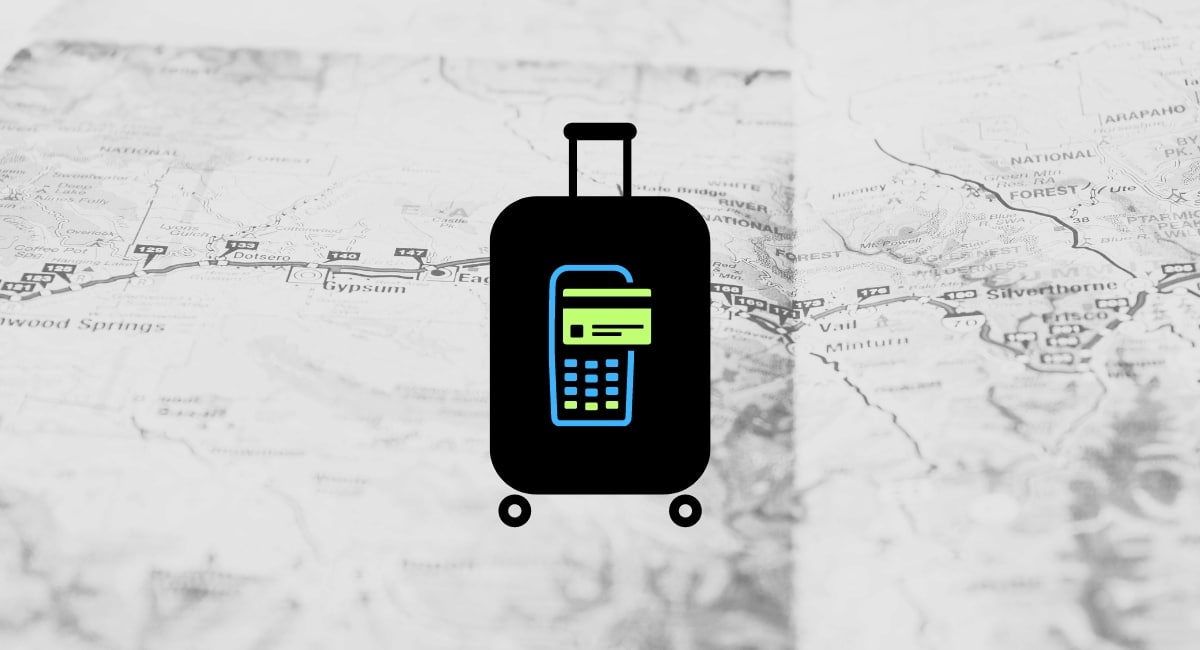Card machines process payments online, so they need a way to connect with the internet through a SIM card, cable, WiFi or Bluetooth.
In the early days of electronic card terminals – the 1970s and 1980s – a wired, dial-up telephone connection was essential. As the internet evolved from the 1990s onward, a greater selection of faster, wireless connections became the norm.
So what are the connectivity options for a payment terminal? Which of them should you look for in a card machine?
Why it matters
Firstly, card machines rely on an internet connection to verify credit/debit cards, transactional data and PIN codes with card networks (Visa, Mastercard, etc.) and banks. Some terminals allow offline payments, but even in those cases, the offline transaction only completes when an internet connection is next established.
Does it matter how your card reader connects? It does if your local options are limited. Some locations have a bad WiFi reception or 4G, for example, so other connectivity options could prevent missed sales if the card machine fails to go online.
As for equipment, a SIM card with enough mobile data is essential to connect with mobile networks when out-and-about. WiFi or wired broadband at a fixed location needs a certain hardware constellation, so your choice of connection also impacts costs and the physical setup to some extent.
Mobile network
Mobile card machines for on-the-go locations (markets, clients’ houses, etc.) should have the ability to connect with a mobile network.
Like a smartphone, the card machine must in this case have a functioning SIM card to connect with a mobile network like EE, O2, Vodafone or Three via 4G or similar. When you rent or buy a mobile card reader, a SIM card with unlimited data that works with multiple carriers is often included (but not always).
Below are the different connectivity systems, from slowest to fastest.
2G/GSM: Second-generation (2G) cellular network, also referred to as GSM (Global System for Mobile communication). Launched in 1991, 2G was the first digital connection replacing analogue radio signals in wireless mobile devices.
2.5G/GPRS: General Packet Radio Service (GPRS) is an updated version of 2G, with higher speeds of up to 114 kbps (0.1 Mbps).
2.75G/EDGE: Introduced in 2003, Enhanced Data GSM Evolution (EDGE) is an even faster 2G, with speeds of up to 0.3 Mbps.
3G: Third-generation (3G) cellular network, launched around 2001. It enabled mobile devices to access multimedia and fast internet.
4G/LTE: Long Term Evolution (LTE) is the fourth-generation (4G) network first launched in 2009. With much higher speeds than 3G, it enables HD video streaming and other data-intensive uses.
5G: The latest mobile-generation network is 5G. It’s expected to be 20 times faster than 4G, though it may only be twice as fast in real life. 5G is still being rolled out across the country, and few card machines can currently connect with it.
2G and 3G connections are mostly phased out across the UK, except in some rural areas (esp. Scotland) in towns and along main roads.
In fact, the UK government has announced that a shutdown of 2G services will not complete before year 2033 to ensure vulnerable people and essential devices relying on it won’t be impacted. That being said, Android has introduced the ability to switch off 2G because it isn’t considered a very secure connection.
4G is still the most widespread option in the UK, with 5G catching up around cities. As each mobile network system relies on particular infrastructure and transmission antennas, coverage depends on whether this is in place locally.
You should check a mobile coverage map to see which connections work in your area before getting a mobile card reader that doesn’t work with the slowest or fastest connections available to you.
WiFi
WiFi is the most common wireless connection in a portable card machine that stays within a fixed area of maximum 100 metres. The terminal connects with your business’ WiFi router that’s set up on your premises.
To access the connection, your WiFi password is entered on the wireless card machine. Most WiFi terminals require a ‘secured’ connection with a password, as opposed to public WiFi networks that don’t require a password (which would make it less reliable and less secure).
WiFi works in high-speed radio frequencies that enable complex encryption of data, so it’s a secure way to process transactions.
A card machine can go as far away as 300 metres from a WiFi router, depending on your internet’s local capabilities and the card machine model. This makes it ideal not just around the till, but also for table service and larger areas outside where customers might want to pay.
Bluetooth
Bluetooth is a radio frequency that doesn’t directly connect with the internet, but it links with a device that does. The linked device could be a router installed on your premises or smartphone with a point of sale (POS) app installed, placed within 10 metres of the card machine.
In the case of app-based card readers, the Bluetooth syncs with your smartphone or tablet that’s close by. Once paired, the app on the mobile device works in tandem with the card reader to process card transactions through wireless communication.
A Bluetooth card machine that works without an app has to sync with a base that’s connected with broadband or a telephone line. Since the Bluetooth terminal has to stay within 10 metres of the stationary base to function properly, it is unsuitable for mobile transactions further away.
Ethernet/LAN
Most stationary card terminals have an Ethernet socket for a LAN (local area network) connection. This requires an internet modem and router with an Ethernet cable that plugs into your card machine.
Such a wired connection is ideal for countertop terminals where WiFi is normally patchy. The cable ensures that the card machine can reliably process transactions via your broadband setup through your landline.
When your card machine is hooked up with your LAN network, it has to be plugged in at all times to work. Consequently, you won’t be able to carry it around on premises or use it on the go.
Overview: which is best?
Below is an overview of the different connectivity options for card machines.
The bandwidth is the measure of internet download speed of the connection type. “Mbps” means megabits per second, whereas “kbps” is kilobits per second. Speeds vary between countries and localities, and maximum speeds are sometimes much higher than the actual connection in real life.
| Connection type | Speed/bandwidth | Card machine |
|---|---|---|
| Telephone line | Up to 56 kbps | Stationary |
| Bluetooth | Up to 800 kbps (0.8 Mbps) | Portable, stationary |
| WiFi | 50 Mbps on average | Portable, stationary |
| Ethernet (LAN) | 10-1000 Mbps | Stationary |
| 2G (GSM) | Up to 9.6 kbps | Mobile |
| 2.5G (GPRS) | Up to 114 kbps (0.1 Mbps) | Mobile |
| 2.75G (EDGE) | Up to 0.3 Mbps | Mobile |
| 3G | Up to 2 Mbps | Mobile |
| 4G (LTE) | Up to 60 Mbps | Mobile |
| 5G | Up to 150 Mbps | Mobile |
| Connection type |
Speed/ bandwidth |
Card machine |
|---|---|---|
| Telephone line | Up to 56 kbps | Stationary |
| Bluetooth | Up to 800 kbps (0.8 Mbps) | Portable, stationary |
| WiFi | 50 Mbps on average | Portable, stationary |
| Ethernet (LAN) | 10-1000 Mbps | Stationary |
| 2G (GSM) | Up to 9.6 kbps | Mobile |
| 2.5G (GPRS) | Up to 114 kbps (0.1 Mbps) | Mobile |
| 2.75G (EDGE) | Up to 0.3 Mbps | Mobile |
| 3G | Up to 2 Mbps | Mobile |
| 4G (LTE) | Up to 60 Mbps | Mobile |
| 5G | Up to 150 Mbps | Mobile |
In theory, a faster connection allows for better data encryption, though all modern card machines use a high standard of encryption regardless of how it connects with banks and card schemes. The main benefit of a higher bandwidth is that transactions go through faster, so you can serve more customers.
The fastest option is Ethernet, so a stationary card machine benefits from being connected to a LAN network. WiFi is also fast, much more so than Bluetooth. A traditional telephone line is much slower compared with any local internet network.
As for mobile connections, the higher the number is before the “G”, the faster it is in theory. You’re most likely to benefit from 4G because it’s widely accessible in the UK, whereas 5G or 3G only work in certain locations.




